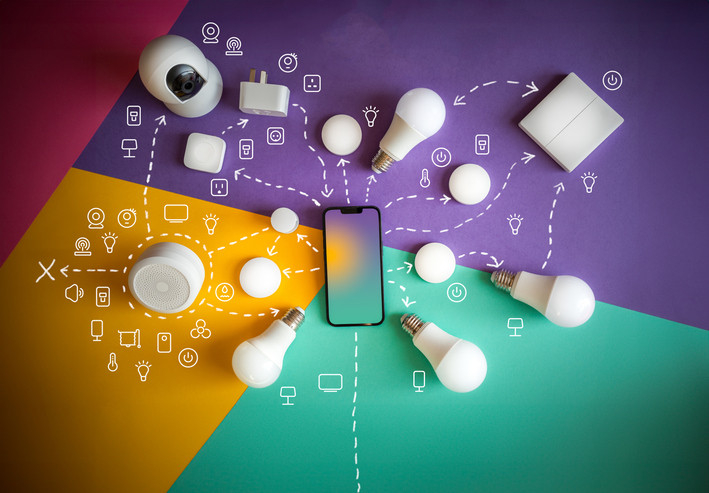This Company Is Turning Streetlights Into Urban Data Hubs
- By Lachlan Colquhoun
- March 26, 2024

In 2024, a light is not just a light; it becomes part of a sensing network and is incorporated into the Internet of Things.
It is all part of a transformation that began with the advent of LED lighting and progressed through the latter half of the last decade, with technology giants such as Cisco introducing concepts such as the 'digital ceiling,' where lighting acts as an aggregation point for other networks such as security, building controls, and Wi-Fi.
Today, some applications are at the cutting edge of smart city innovation.
Belgian company Schreder, for example, started life 117 years ago by producing early electrical panels to become a leading provider of connected lighting powering the next generation of smart city applications.
In Montreal, Canada, the company installed "Shuffle" smart poles, which comprised smart lighting and integrated features such as loudspeakers, CCTV, Wi-Fi, EV charging and other sensors.
At a road tunnel in Schreder’s home country, Belgium, a new lighting installation senses and adjusts lighting intensity based on traffic density, speed and natural light. Based on an open protocol, the lighting platform interacts with other tunnel equipment, such as fire detection, to program safety scenarios.
Schreder is involved in a diversity of more innovative projects around the world, from a lighting project in Germany that reduces energy consumption and preserves insect life to installing over 460,000 connected luminaire smart lights in the Ecuadorian capital of Quito.
“It’s about how you convert the data into information and how to use it.”
Werner De Wolf, Schreder’s chief executive, says that clients are increasingly opting to install smart lighting when they initiate new projects, such as converting to LED lighting, and the trend is only “ramping up.”
“If you deploy a new LED conversion and you don’t take the opportunity to include smart capabilities in at least a part of the install base, then I think this is a lost opportunity," he says.
Schreder operates worldwide and is transforming from its historical and core business of lighting into a provider of connected sensing devices—which also happen to be in the lights or ‘luminaires’—into data.
"The luminaires are great devices that can have so many applications," says De Wolf, who came to Schreder after having had earlier roles in the telecoms industry.
"They can count vehicles, pedestrians, or bicycles, and this data can be used for traffic management or crowd and parking management. There are waste management applications and environmental monitoring of conditions such as air quality and temperature.
Then, it can also be used by Digital Twins to model potential changes in the urban environment, by Google Maps, or even in ways that require more precise information such as vehicle speed or density."
While larger cities are engaging in the new frontiers of data, there is also a need for a "middleman in that space." Customers often ask Schreder to help manage data sourced from its sensors. This process increasingly requires advanced computing techniques such as machine learning.
"It's about how you convert the data into information, how to use it, and who can use it," says De Wolf.
“The data also becomes an asset for the city, and they can not only use it for their own purposes, but they can sell it or make it available for free if they choose to.”
Luminaires can help identify vacant parking and be connected to applications that direct people to them, delivering an urban congestion solution while reducing pollution and saving energy.
There are also safety applications. If the sensors detect that a public area is becoming too overcrowded—and potentially unsafe—a lighting signal, such as a flashing light or a particular color, can be activated, alerting people so they can move on before the situation becomes dangerous.
Lighting can also respond automatically to parameters set around traffic density. Also, weather conditions or can respond to emergencies and warn drivers if there are "ghost riders"—people driving on the wrong side of the road.
"In terms of raw numbers, two or three years ago, maybe 5% of our lights were smart luminaires, but last year it was about 25%, and it will probably be 40% next year," says De Wolf.
“I do see a lot of creativity in thinking about this area, around what is possible, so it’s a very exciting space to be working in.”
Image credit: iStockphoto/Jakub Zerdzicki










Lachlan Colquhoun
Lachlan Colquhoun is the Australia and New Zealand correspondent for CDOTrends and the NextGenConnectivity editor. He remains fascinated with how businesses reinvent themselves through digital technology to solve existing issues and change their business models.